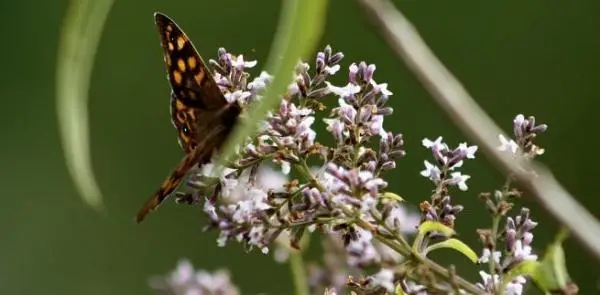Whether you are a gardening lover or not, you have probably heard of lemon verbena , that magnificent aromatic plant with a delicious perfume that also has excellent medicinal properties for health.
In addition to providing us with a fragrant garden, this shrubby specimen is very decorative for outdoor spaces thanks to its lanceolate leaves and its beautiful purple flowers grouped in clusters. We explain how is the cultivation of lemon verbena.
Caring for lemon verbena
Although its natural size can reach up to a meter and a half in height, lemon verbena can be sown in a vegetable garden, garden and even in a good-sized pot on your balcony.
The cultivation of this plant of South American origin is not particularly complicated, but it requires attention and minimal care that allow it to develop in the best conditions.
- First of all, its warm origin means that the plant must be kept in a sunny place , protected from the wind and cold and with fairly mild temperatures.
- It may be this need for sun that makes the plant also need to be watered constantly , as the substrate will also dry out more easily. Although you should not allow the soil to dry out, you should also check that the water does not puddle on its roots, as it could rot them and seriously damage the health of the specimen.
- The collection is best done during the months of summer, when the plant has already bloomed. However, you can also do it at any other time of the year.
The lemon verbena is a very beneficial plant for health, as its properties enable it to relax the nervous system, to promote digestion or to strengthen people with low blood pressure, for example. It has also been used to make perfumes, cosmetics, liqueurs, and other products.
With all of the above, what are you waiting for to grow your own?

